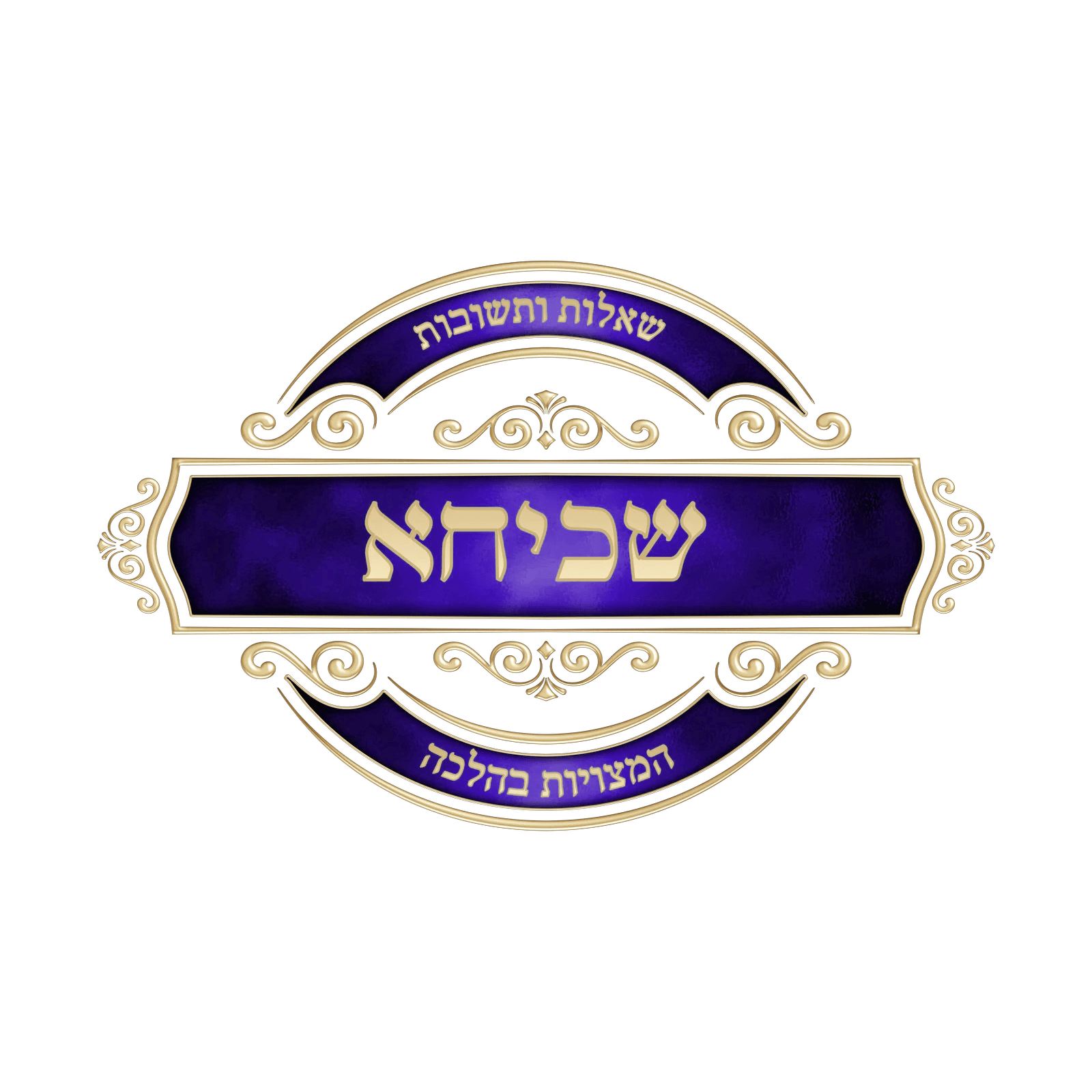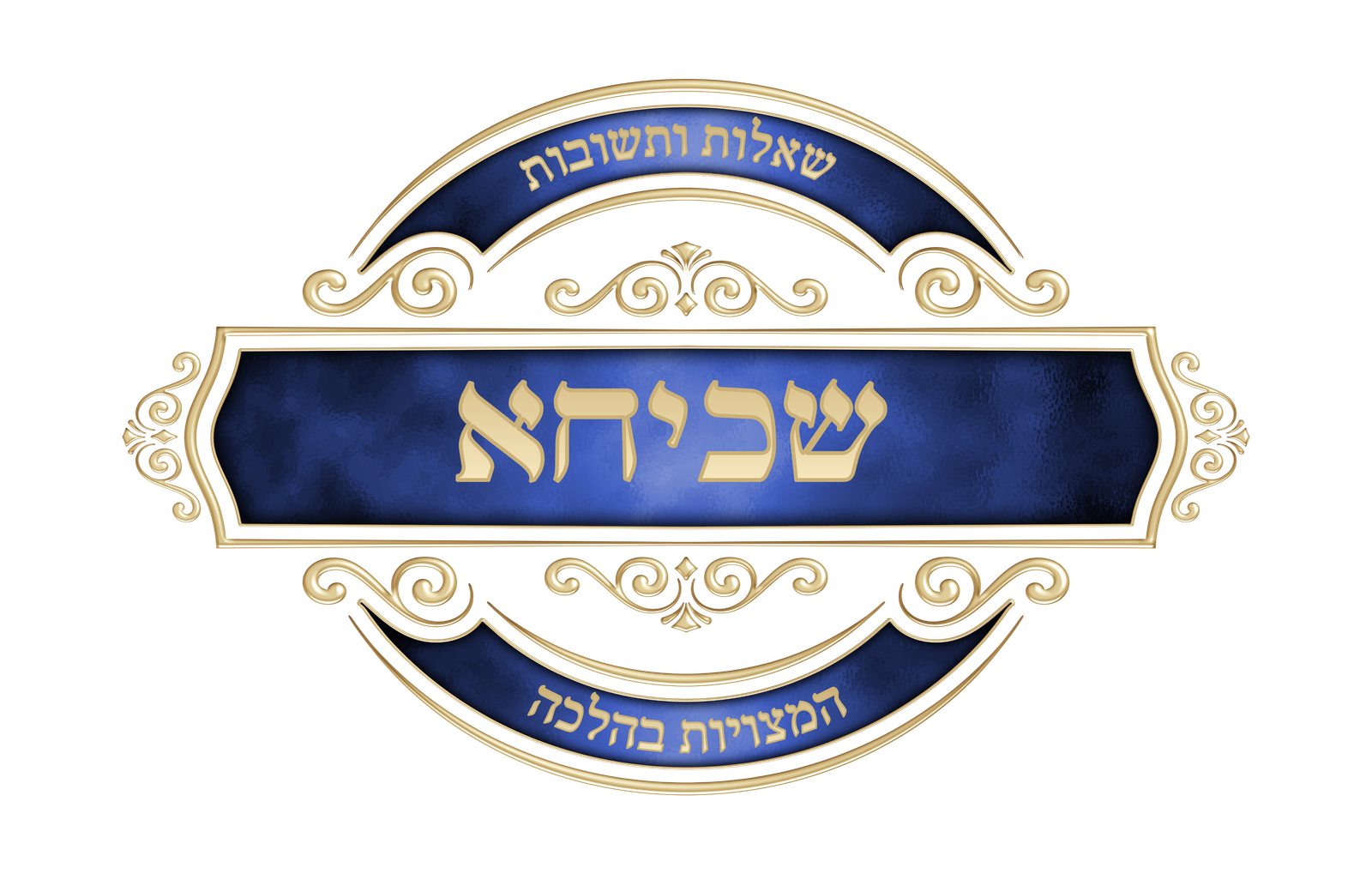בפשוטו נראה דעיקר התקנה הוא על זמן הל’ יום ואם הקדים לא קיים התקנה כיון שבל’ יום הללו לא עסק בכולם בהל’ הפסח.
ויתכן להביא ראיה לזה מדאמרי’ במגילה כט דאם מקדימין הקריאה דשקלים ל’ יום לפני נתינת השקלים הוא דלא כרשב”ג דאמר ב’ שבתות, ומיהו הראיה משם יש לדחות דר”ל דעיקר התקנה הי’ לתקן לפי עיקר דינא, ויש ג”כ מקום לומר דאם מקדימין כ”כ לפני הזמן לא ישובו אח”כ ללמוד בהלכות השקלים כיון שאין מחוייבין להקדים כ”כ (וע”ע מעין זה בע”ז ה ע”ב) אבל לא שלא יצאו יד”ח התקנה בזה.
ומ”מ המשמעות דצריך להיות הל’ הקרובים לפסח.
ויש להקשות ע”ז דבסוגי’ שם מוכח דבחלק מהשנים מתחילין לקרות קודם ל’ יום, ויש לומר דע”כ אין קורין עניני הדבר בכל יום מל’ ימים אלו, (וגם בפוסקים דנו אם קריאה מהני ועי’ שעה”צ סי’ תכט סק”ה וע”ע בתוס’ מגילה ד ע”א על פורים שחל בחול) אלא שהוא לעורר העם ללמוד הדבר, דהרי לא היו קורין בכל הל’ יום בפרשת שקלים אלא רק סמוך לשלושים יום קודם, וגם על משה בפ”ק דפסחים דף ו לא נזכר שבכל ימים שקודם פסח היה דורש בהל’ הפסח אלא קודם ל’ או קודם ב’ שבתות למר כדאית ליה ולמר כדאית ליה.
אולם באמת יל”ע דאם נימא הכי א”כ מנ”ל שיחיד יש עליו חיוב יותר מהתחלת הלימוד לפני ל’ יום גם אם אין לומד בכל יום מל’ ימים אלו, ואולי ל’ יום לא בעי’ בכל יום ממש, אלא להתחיל קודם ל’ יום כדאשכחן בקריאה דשקלים במגילה שם ובצוואה דמשה בפסחים שם, ולפ”ז מהני מה שמקדים קצת ימים אף אם אינו לומד יום, דומיא דמגילה שם שמקדים שקלים בחלק מהשנים בכמה ימים עי”ש החשבון.
אולם פשטות הלשון שואלין ודורשין ל’ יום וכו’ משמע כל הל’ יום, ועי’ בתוס’ מגילה ד ע”א דביו”ט ס”ד שכיון שעסקו ל’ יום קודם א”צ לעסוק ביו”ט קמ”ל, ועי’ גם בבה”ל שם שהביא דעת הב”ח דלאחר שלמד ל’ יום קודם שוב א”צ ללמוד בחג עצמו והרבה אחרונים חולקין עליו ע”כ, והמשמעות היא דבעי’ לימוד בכל הל’ יום (כמו שמשמע משאר לשונות הבה”ל שם).
ואמנם גם בזה יש מקום לדחוק אבל הפשטות שעסקו כל ל’ יום ויש צד שאין מחוייב יותר אח”כ בחג עצמו, ועי’ גם משנ”ב שם סק”ב בשם האחרונים דמצוה לכל אחד לעסוק בהל’ הפסח שלושים יום קודם וכן בחג עצמו, וכן בבה”ל שם ועכ”פ בביהמ”ד בחבורות בודאי יש חיוב ללמוד שלשים יום קודם וכו’, ומשמע דבכל יום מל’ ימים אלו.
ויתכן לתלות נידון זה בטעמים שנזכרו בפוסקים דלטעם המהרש”ל (הובא בב”ח) דבעי’ ל’ יום משום שצריך למצוא בהמה הראויה לקרבן א”כ אין הקפידא לדרוש בכל יום מהל’ יום הללו, וכן אפשר שהוא לטעם הנזכר בתוך דברי הב”י דהוא משום שיש דברים שאם לא יתקנום קודם הפסח לא יוכלו לתקנם בפסח, אבל להטעם הנזכר בתוך דבריו שהוא משום ההלכות המרובין (ועי”ש שהזכיר ב’ הטעמים יחד) א”כ אפשר דהתקנה היא לדרוש בכל יום, ומ”מ גם לטעם זה אולי עדיין יש מקום לומר דהכונה להתחיל קודם ל’ יום כדי שיהיה לו ל’ יום פנויים לפי הצורך היאך שרואה לפי הענין ומ”מ הפשטות בלשון הפוסקים ובסתימת הפוסקים דבעי’ ל’ יום עכ”פ לטעם זה.
מק"ט התשובה הוא: 125425 והקישור הישיר של התשובה הוא: shchiche.com/125425
[jetpack-related-posts] התמונות האוטומטיות הוסרו זמנית.
